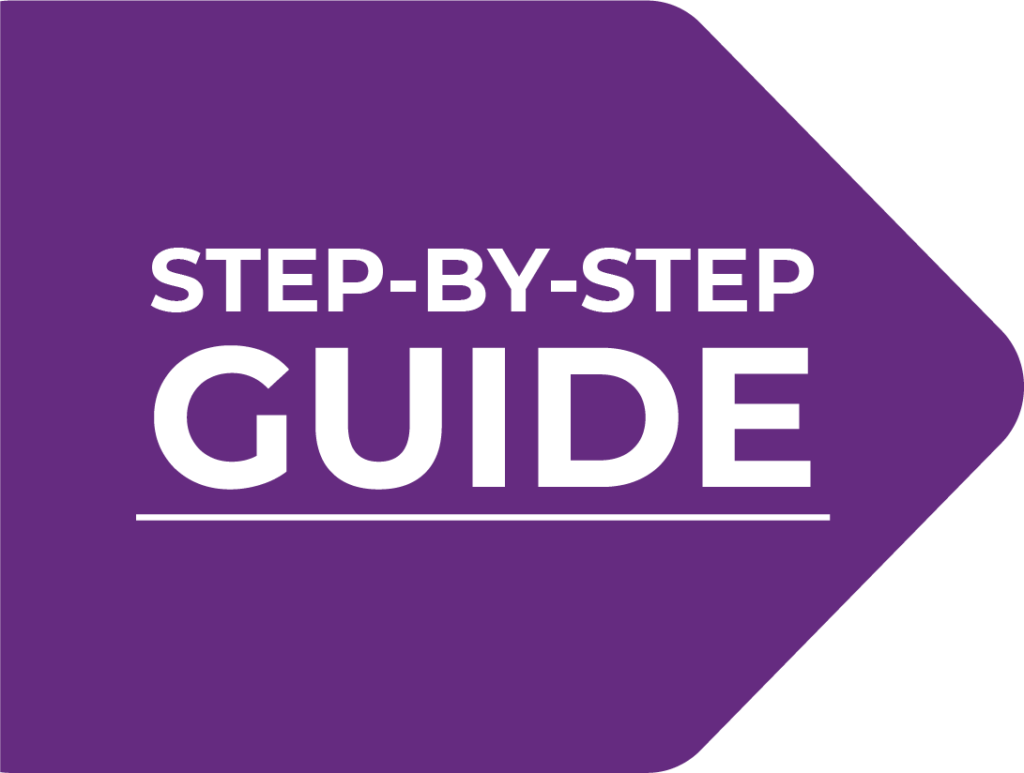

Everything you need to know before migrating from an existing BI Tool to Looker
As companies mature and find themselves with growing needs from their business users, sooner or later, they will need to migrate their BI applications from one BI platform to another.
The reasons that motivate these migrations range from taking advantage of more modern BI capabilities, moving to the cloud, streamlining BI Tools across the organization, to consolidating various BI tools that drain company resources in licensing, maintenance, training, and operational costs.


This Step-by-step guide is intended for companies that


Have at least 1 existing BI Tool and a complex environment


Want to start their digital transformation journey and convert to a more modern Analytics tool


Want to leverage their current deployment, reuse their ETL, and save effort


Do NOT want to have to start over


Want to do it right from the start
Download the Step-by-step guide – Infographic
here
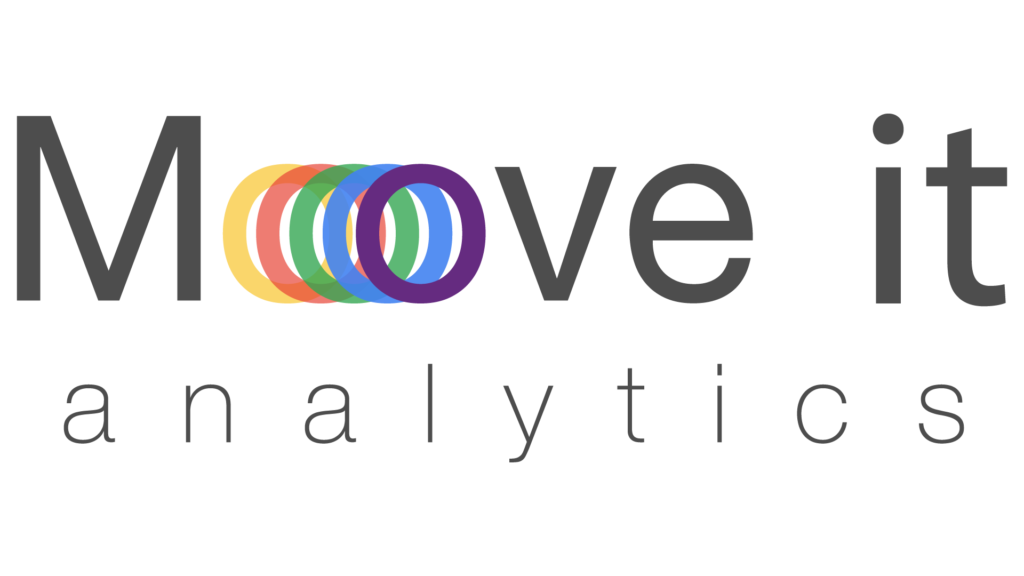

Powered by Innovoco
Why do we have a migration division?
There are specific differences between doing a net new Looker implementation or Data Warehouse Implementation and migrating from an existing BI tool to a more modern Analytics platform. You must use different Tools, Methodologies, and Skillsets in order to be successful.


You need to do a very deep technical end-to-end analysis of your current BI environment to understand your Data Sources, current ETL complexity, and end-to-end Technology Stack.


We use an automated tool, the BI Blueprint, which provides Metadata and Technical Documentation of your current BI environment.
The documentation provided by the BI Blueprint will contain the following details about your current deployment:
- Database connections used with type of connection
- Tables found per connection
- Join relationships between tables
- Dimensions
- Measures
- Expressions
- Lists of dashboards, workbooks, or reports
- List of visualizations
and more
On average, the BI Blueprint saves 60% of the effort of doing this step manually.


Gartner says that, on average, a 500 fortune company has a minimum of 4 BI tools as part of their Analytics environment at any time. Most of the time, companies do not consider certain components to be part of their BI environment, and they actually are!
It’s not only about your main Qlik, Power BI or Tableau deployment. There could be MicroStrategy reports coming from a Supplier portal that you use every day, but you don’t consider them part of your BI ecosystem; somewhere in the organization, there are crystal reports in some distant division that are part of your data stack as well, etc.
At this stage, you need to understand everything within your environment, where and how you can bring them together, and potentially consolidate them.
Why do this?
It will make your BI environment easier to support in the long run. It will be easier to train everyone within the organization, and obviously, there will be cost savings in terms of licensing and technology stack.
The second part of consolidation is understanding what your business users are using and what they are not. We use specific tools and an enhanced governance dashboards to review if there are reports that might have been built a couple of years ago for particular purposes and are not needed anymore. Does it make sense to take those reports and put them in your new environment?
The same analysis must be done with your data sources. Often we find that multiple data sources are serving one particular user or report set. That should be consolidated to make your new environment easy to use.


You should do this net new! Take all the learnings from step 1 and 2 and use them to create a net new fresh data model.
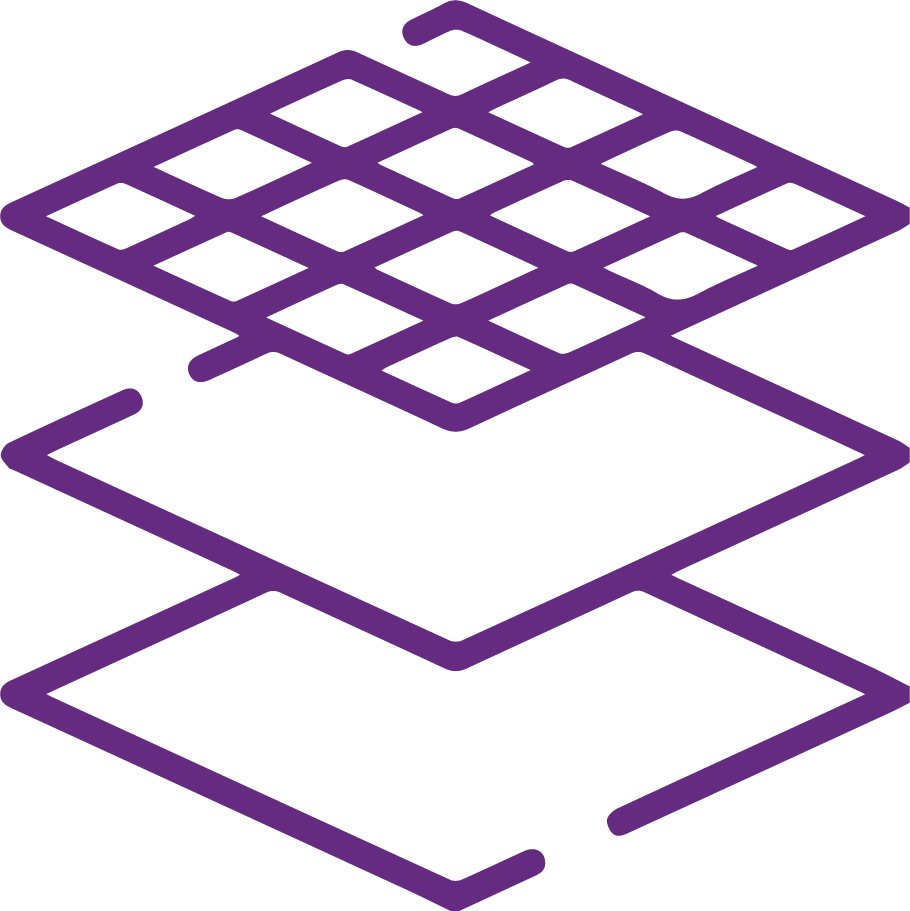

Proper data architecture, security setup, and Looker configuration are critical at this stage to establish a stable BI environment down the line.
Subscribe to our Migration Newsletter and get tips & tricks
to build your Target Data Model in Looker


We use specific parser modules and connectors that convert a proprietary format for a legacy BI tool (Qlik, Power BI, Tableau, etc.) into LookML files to build Looker reports.
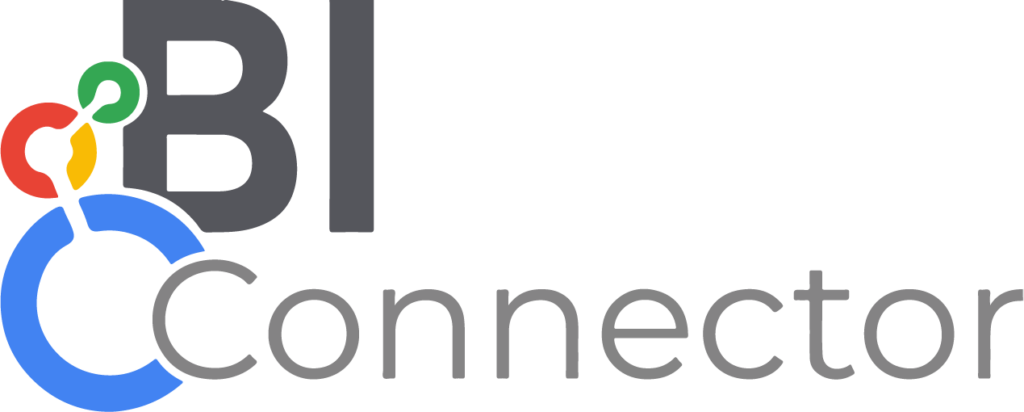

Our BI Connector, for example, allows you to use your existing data structures with Looker and leverage your current deployment.
Pro-tips:
- The BI Connector is a great way to do a Looker POC. This is a low-impact and low-cost way of taking your existing data structure from your current BI Tool (Qlik, Power BI, Tableau, etc.) and using it directly with Looker, allowing your users to get the look and feel of the new tool.
- This is also a great way to get started quickly. If you’re doing a new BI Project, you can migrate all your users to Looker using your current data structures, while the new Data Warehouse /Cloud Data Warehouse is being created underneath.
As a bonus, the BI Connector allows you to test whether the data you have in the new tool matches what you had in your old tool(s).




Have fun. You’re all set up!
Download the Step-by-step guide – Infographic
here
How Move it Analytics can help you
Companies want to modernize their BI platforms to reduce cost, be more agile, and cover new use cases. However, the migration of BI platforms is often a complex process that requires different Tools, Methodologies, and Skillsets in order to be successful.
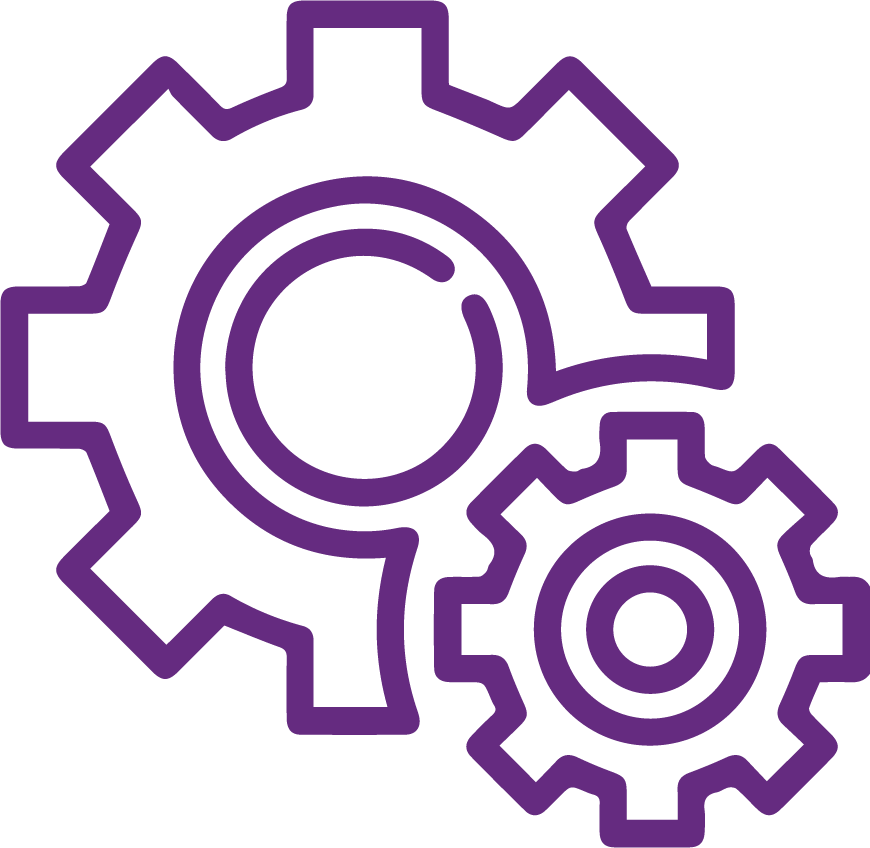

Tool-based migration approach
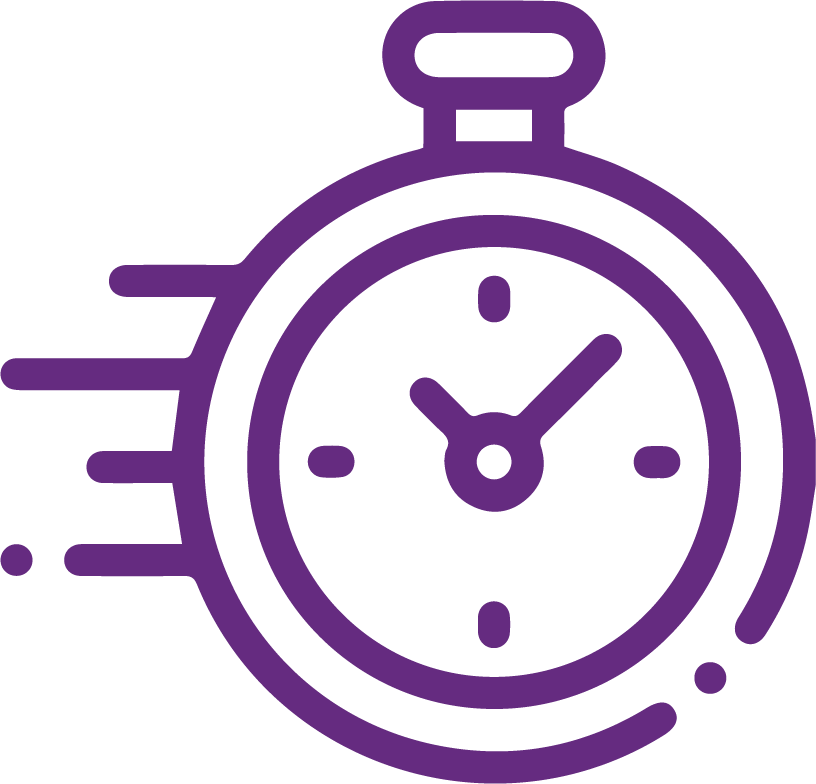

Automated migration process that eliminates most manual effort
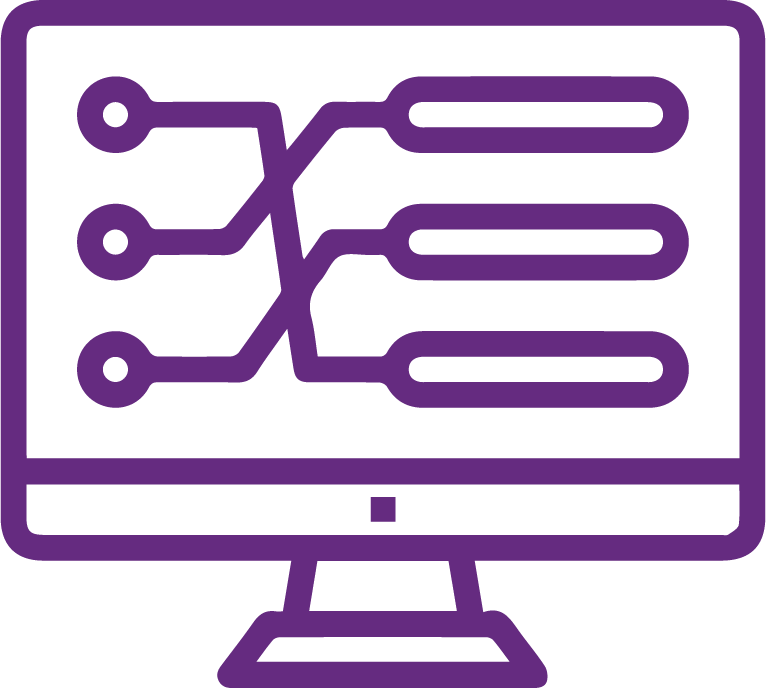

Up to 80% time saving over full manual migration
Why


Looker, the evolved BI Tool by Google, is a modern, cloud-based BI platform that allows data-driven companies and business users to explore, analyze, consolidate, and share real-time analytics. Its API extensibility seamlessly integrates internal and external business processes and applications and allows you to embed analytics securely.

